
MONTANA |
VIDIN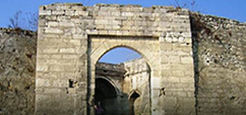 |
DOLJ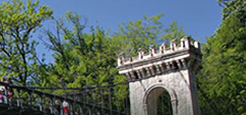 |
Interactive map |
| CULTURAL-HISTORICAL RESOURCES | CULTURE AND RELIGION | FOLKLORE, CRAFTS AND TRADITIONS | EVENTS | TOUR PACKAGES |
Fortification system “Kaleto”, Vidin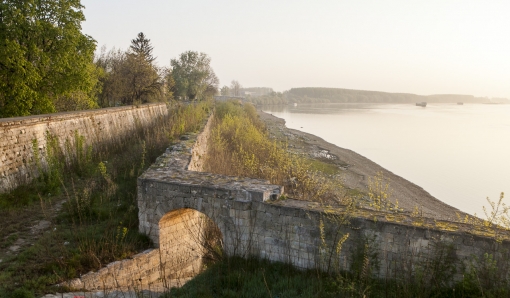
Vidin fortification system "Kaleto" is based on the so called Bobanov system designed by French and Polish engineers on Turkish service. Today, for its state we judge both from the reserved portion, and from the two maps from the beginning of 18th century. One is the work of the Austrian Johann Oettinger, the other is of unknown author. The fortress was a large fortification facility, which together with the fenced Calafat and homonymous island, closing the entrance to the Lower Danube to the opponent. The walls of the Castle surround in a semicircle the entire then town of Vidin with diameter of 1800 m along the river. According to two Ottoman- Turkish inscriptions (at Market and Top gates) they were built under the direction of the district architect Mustafa Aga, "who was proficient in geometry". First wall was erected on the landward side, and then those from the river side, which are double and spacing of 8 m. The outer wall, besides its protective function, kept the city from flooding. Fortress walls follow the riverbank and broken-lined, as on some places are presserved small stone towers for the watchtower guards. From the Danube, the fortress had five gates (kapia) - Aralak, Top, Sarah, Telegraph and Syurgyun (first and last of which are built (brick-stoned)). The fortification wall from the land consists of earth shaft, lined on both sides with stone and with preserved nests of props. Adjacent to it are four more gates - Stambol, Market (Pazar), Janissary (Garbage) and Florentin and moat with 18 m width and 5-6 m depth at the beginning of 20th century, when started the draining of the marshes, part of the pit is buried but remains on the north side of town, near by the Janissary and Florentin gates to the Danube bank. This part of the fortified wall is fully preserved and has a typeface bastion of seven 200 -meter and 500 m elements, interconnected and with the coastal wall through eight bastions. The gates are made of well-cut stones, and places therein are carved with floral and geometrical ornaments. Their walls had four rooms (kazemati) used for the guard and ammunition. Two holes of their subways were closed with massive double doors. In front of each gate there were rolling wooden bridges. Just in front of Stambol gate it was constructed of stone, because here the pit was wider, square -shaped pool and served as a stand and wintering of the Turkish Danube flotilla. Today from „Kaleto” are preserved only several fortress gates – Florentin, Janissary, Market and Stambol gates.
Stambol gate Gate The gate was built in the second half of the 17th century, when it was part of the fortified town of Vidin - "Kaleto". That fortress was built in the period 1690-1720, after the Austro- Turkish wars. It was used the modern for its timer Vobanov defense system. Stambol gate is the most famous gate of the fortress, perhaps because through it passed the road to Constantinople (Stambol). Fortress "Kaleto" was built in the shape of a semicircle with a diameter of about 1.8 km, formed by the wall that follows the banks of the Danube. In part on the river the fort was composed of two parallel stone walls, and from the landward there was a bastion outline which was of seven elements. They were interconnected and connected with the coastal wall by eight bastions. An outer moat was dug, wide about 18 and 6 meters deep, which was filled with water from the river. At Stambol gate, the moat was wider and deeper in the shape of a square pool and served as a rack and wintering Turkish Danube flotilla. To protect the bridges and the gates in front of each of them was one ravelin armed with 6-8 guns that fired through loopholes. The gate is an arched passageway which walls have kazemati to guard premises. They were closed by means of double doors of oak beams, overlaid with iron. Moat was passed through over wooden bridges, one of which was mobile. The Danube was accessed by 5 doors: Aralak, Top, Sarah, and Telegraph and Syurgyun gates. Nowadays, in front of Stambol gate there is a fountain - the interesting thing is that the figure of a little boy in the fountain has become the subject of theft twice in the last twenty years.
Telegraph kapia (gate) Telegraph kapia is one of the entrance gates to Vidin. There is a two-storey stone wall on the opposite of the gate, where the Turkish post was housed and where the name was derived from. Before 10.11.1989 (the fall of communist regime) this was one of the two (or three - in the best times) restaurants in the town. Because a part of Telegraph gate was preserved (even very well), they decided to restore it and turn it into a restaurant like the French castle son Loire River. |
MOST VISITED
PUBLICATIONS
TOURIST INFORMATION
Where to sleep
Where to eat
Transportation
Recent archaeological excavations, research, restoration
Links
|
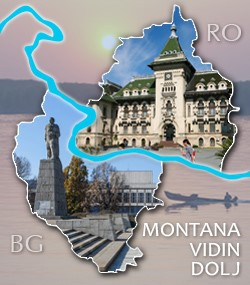
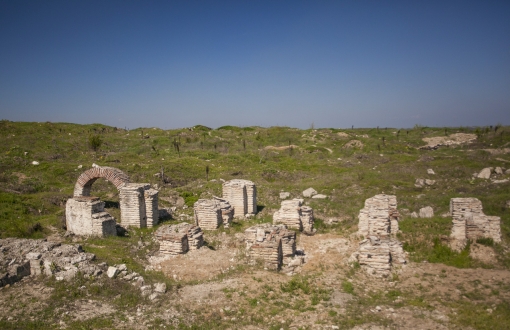
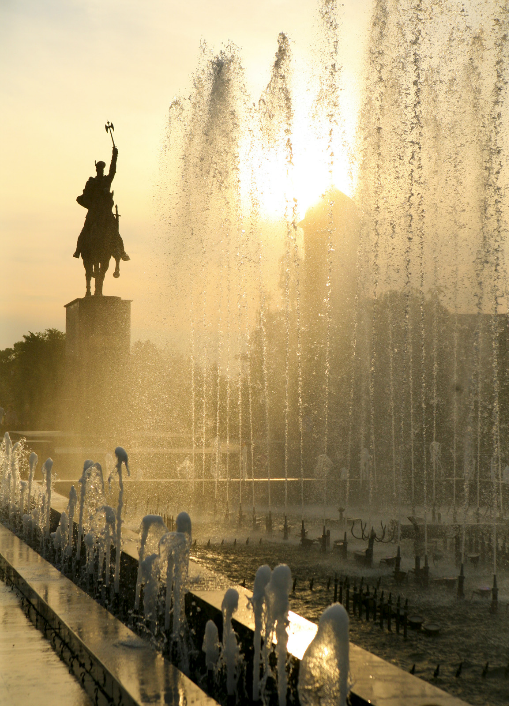
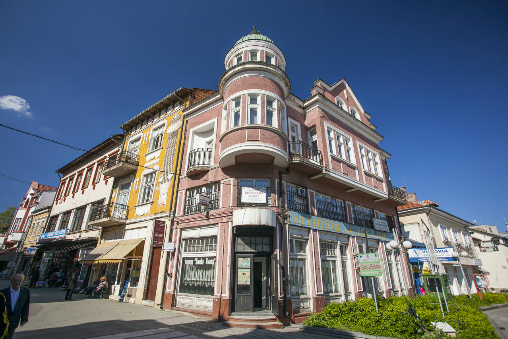

 Google Play
Google Play App Store
App Store 
